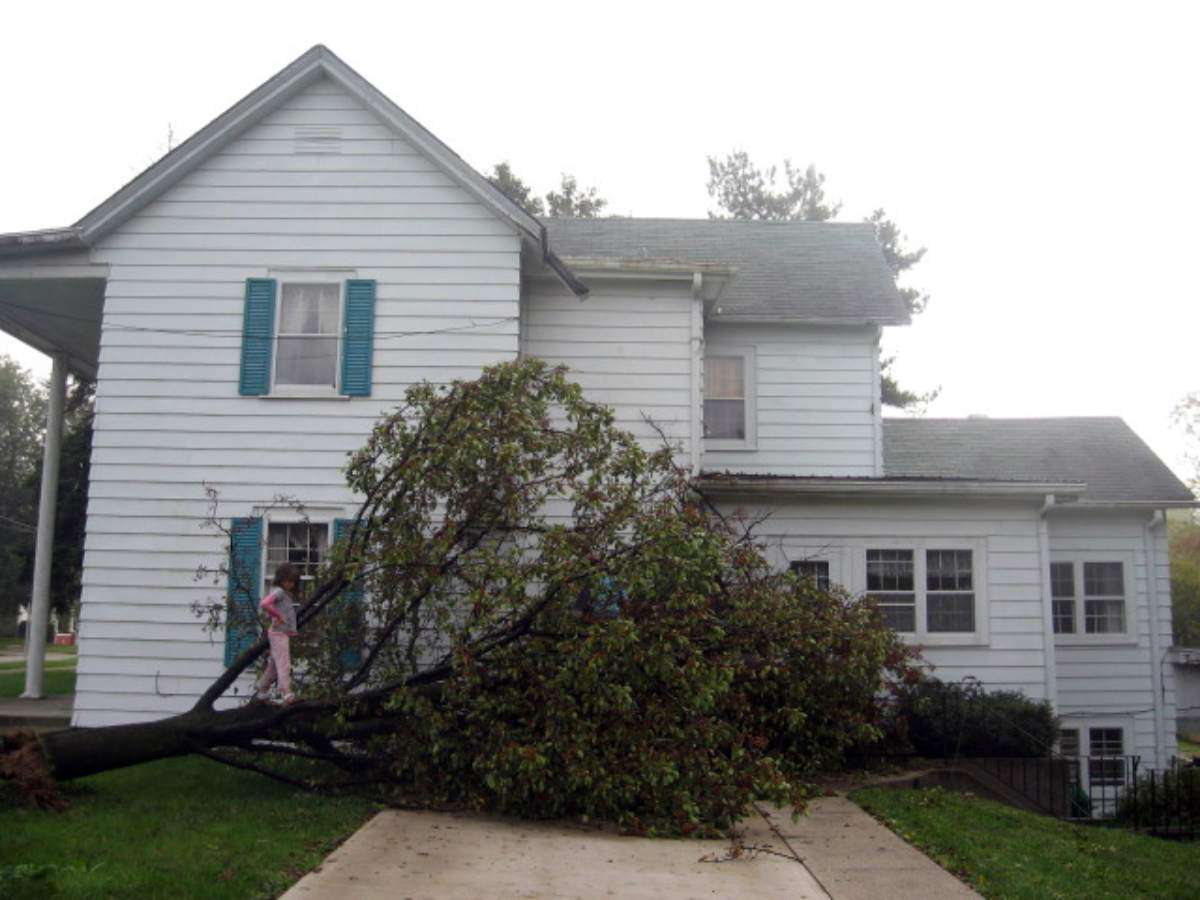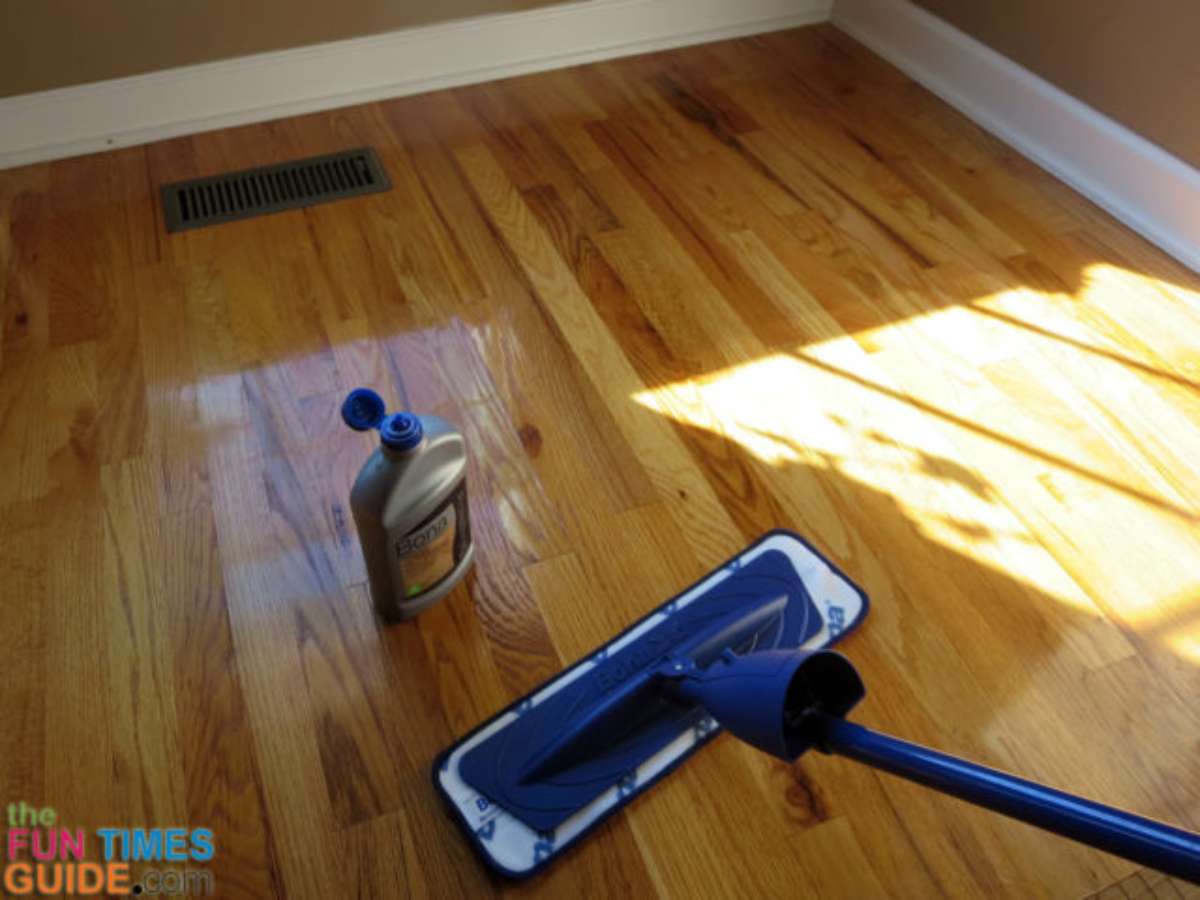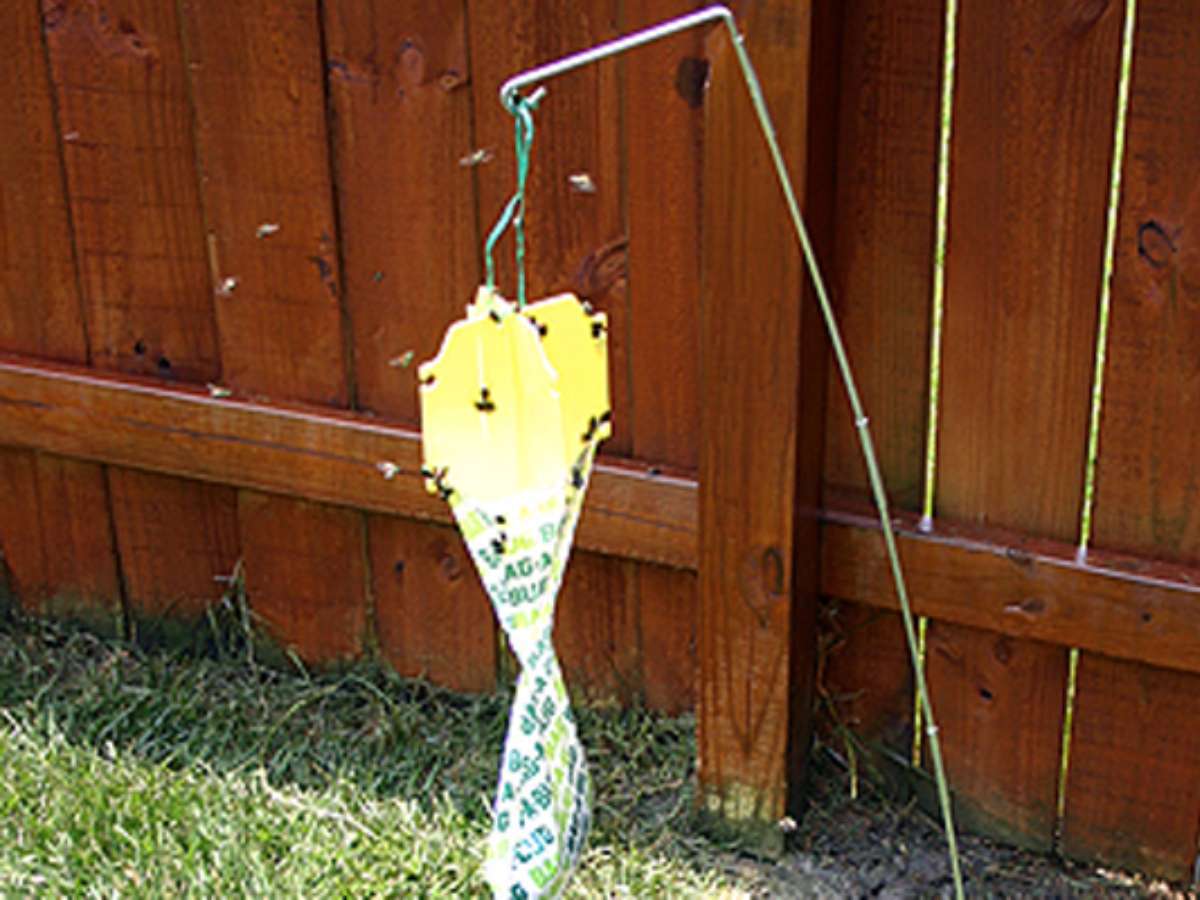
The Bradford Pear tree, a variation of the Callery Pear which is native to China, was developed in 1963 by government scientists in Prince George County Maryland.
It quickly became widely adopted for its quick growth and pleasing colors that lasted well into fall. This ornamental fruit tree with its snowy white spring blossoms became very popular.
Neighborhoods and individuals across America have planting Bradford Pear trees for years. They provide almost immediate gratification when it comes to adding beauty to your yard or along a city boulevard.
Growing to a height of about 30 to 40 feet, the Bradford Pear tree’s foliage forms a nice tight round ball shape that looks very appealing — at least for awhile.
Unfortunately, like many things originating in China, the Bradford Pear tree seems to have earned a rather questionable reputation over the years and has lost favor with many gardeners.
Here are some of the reasons you may want to reconsider planting a Bradford Pear tree on your property…
Bradford Pear Trees Don’t Last Long
As quickly as they grow, the lifespan of the Bradford Pear tree is only about 20 or 25 years.
Despite all the beauty they lend to thousands of landscapes throughout the region, the trees are plagued with one fatal flaw: due to their combination of vigorous growth, weak wood and poor branch structure, they often begin falling apart after only 20 years.
~ Source
More concerning is the fact that, in all likelihood, most Bradford Pear trees won’t make it through their expected lifespans intact.
Bradford Pear trees are notorious for having limbs which split away from the main trunk. With weak crotches that allow large limbs to snap off without warning, many a car has been damaged extensively from such occurrences.
Even the U.S. National Arboretum has removed the Bradford Pear trees that once lined its parking lot in order to avoid further damage to vehicles.
Notoriously prone to storm breakage, a Bradford Pear that has lost a major branch is structurally compromised and best removed by a pro.
~ Source
This video shows an example of a Bradford Pear tree that, like many, came down for no apparent reason:
On the other hand, the Bradford Pear tree is very disease resistant. While sickness and disease are not unheard of with Bradford Pears, the fact is that ice storms or high winds are much more likely to kill off a Bradford Pear than sickness or blight.
Bradford Pears will develop blackening of leaves from root stress problems (drought, too much water, root injury, etc). This is their form of leaf scorch. Fire blight is also a disease that affects Bradford Pear.
~ Source
Even the snowy white blossoms (which are beautiful to look at) have a putrid odor to them. The fruit is equally unpleasant. Beyond possibly making wine with them, the small woody berry-like fruit is just another cleanup issue to deal with.
The fruit — more like hard little berries — that the tree produces is softened by frost in the fall and favored by birds, who have deposited the seeds everywhere you look, pushing out other native trees. You can see the evidence on your drive to work each morning.
~ Source
Bradford Pears Are Invasive
Environmentalists have labeled the Bradford Pear an invasive species, since it has crossed with other Pear varieties, reproducing very rapidly and spreading through many public areas. If left to their own devices, runners will proliferate and turn the area into a tangled thorny mass.
Bradford Pears are on the list of Invasive Pest Species in South Carolina. The cultivar was bred to be sterile and thorn-free, but ornamental pears are easily cross-pollinated. Birds eat the resultant fruit and drop seeds during their travels. Seeds germinate and produce unwelcome thorny thickets of pear trees.
~ Source
Many communities have adopted programs to rid themselves of this problematic tree. However, getting rid of a Bradford Pear tree requires more than simply taking down the tree. The fact is the tree, stump, roots and all must be taken out of the ground, or the Bradford Pear tree will regenerate very quickly.

Bradford Pear Pruning Tips
Maintenance is the key to keeping the Bradford Pear tree looking good and staying contained within the area where it is intended to be.
In fact, too much pruning is just enough!
Your Bradford Pear tree should be pruned to have one strong central leader with side scaffolding branches that are even spaced at wide angles. Care needs to be taken with this type of pear tree to avoid narrow crotches. If this is not done, the limbs will eventually split away from the trunk. This will destroy the tree’
~ Source
s shape and make it prone to disease. While pruning, you also need to remove limbs that are upright, crossing and crowded. Suckers need to be removed to avoid them turning into woody, weak wood. Pear trees bloom and bear fruit on the sharp, short spurs that grow between its branches. Thin the spurs regularly. Older spurs should be removed occasionally to be replaced by more vigorous young ones. If you end up with too many small fruits set in one year, thin them out to let the remaining fruit grow large and not have to compete for nutrients. It is generally best to prune pear trees late in the summer. You will stimulate the least amount of re-growth by pruning after the trees have finished growing for the year and have hardened their wood. If you live in an area where there’s a chance for winter damage, wait to prune until late winter.
Trimming and pruning Bradford Pear trees is mandatory. That is, unless you choose some alternatives to the Bradford Pear.
The splitting of the Bradford Pear is a very common problem. It’s not that it just suddenly happened, it’s just that it finally got too large and the limbs too heavy. The way they grow, with very “V” shaped crotches, lends it self to this problem. The very last thing you want to do is top them. What you want to do is thin out the branches at the crotches. This will relieve the stress and weight above.
~ Source

Bradford Pears Aren’t All Bad
While the Bradford Pear is a tree with a troublesome reputation, if you don’t mind the ongoing maintenance that’s required, Bradford Pears might be worth the effort to you.
Admittedly, they can be a beautiful addition to the landscape. But, like many things, beauty doesn’t come cheap or easy.
This video slideshow reveals the 4 seasons of the Bradford Pear and shows the type of beauty they can add to your property:



